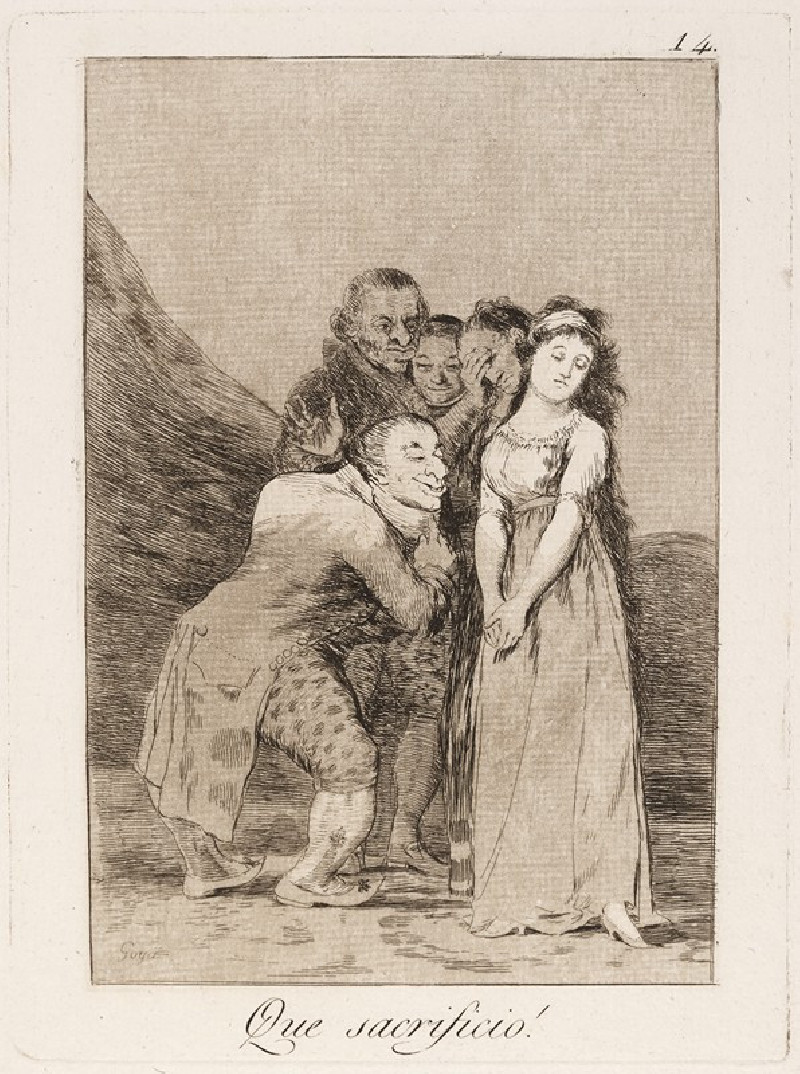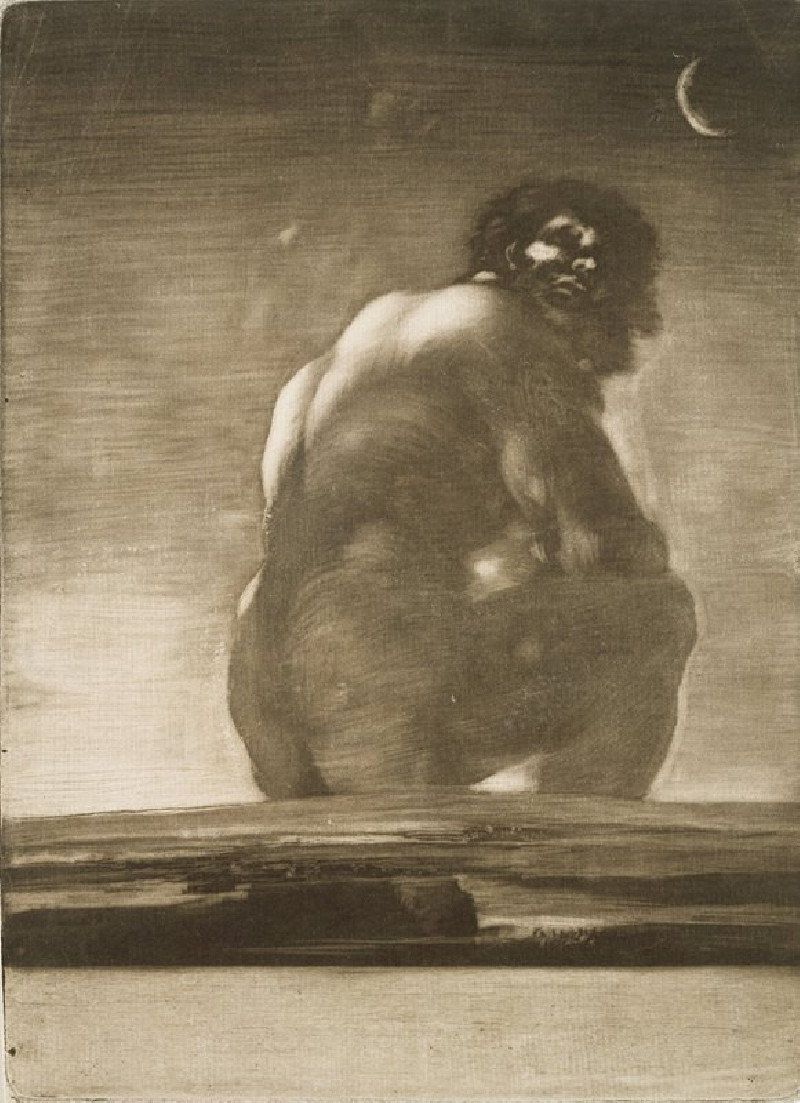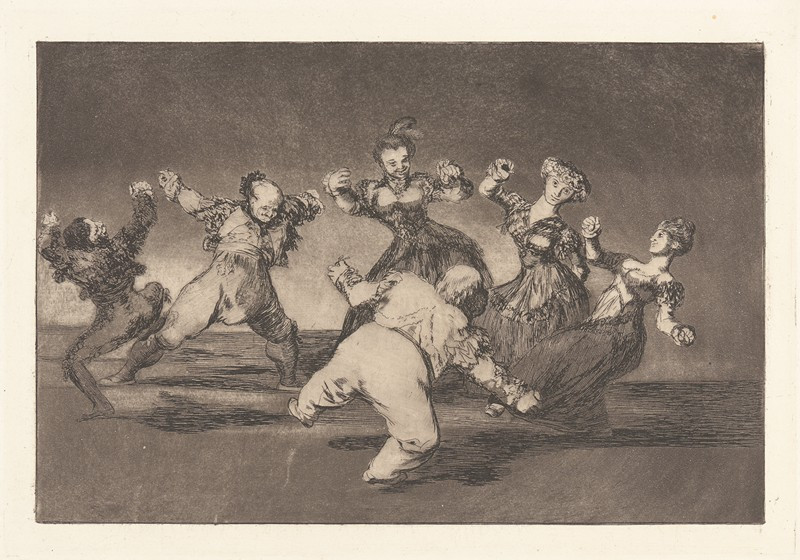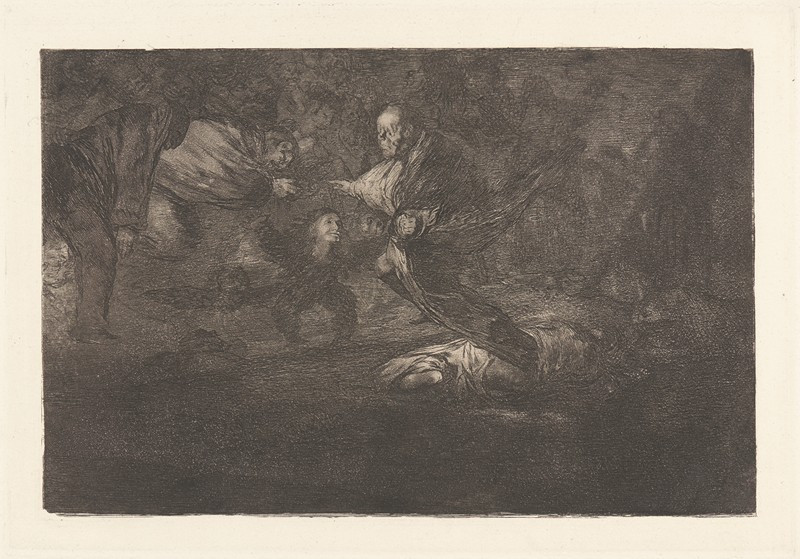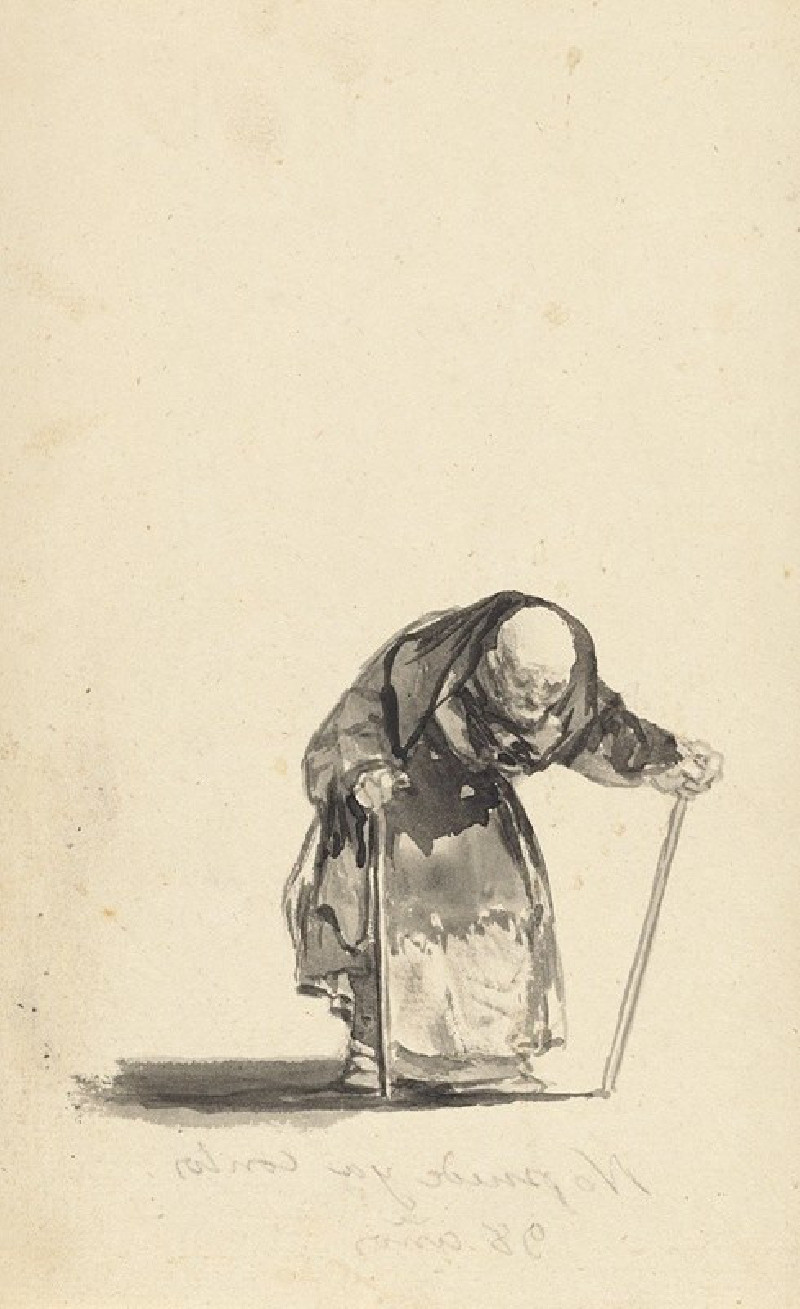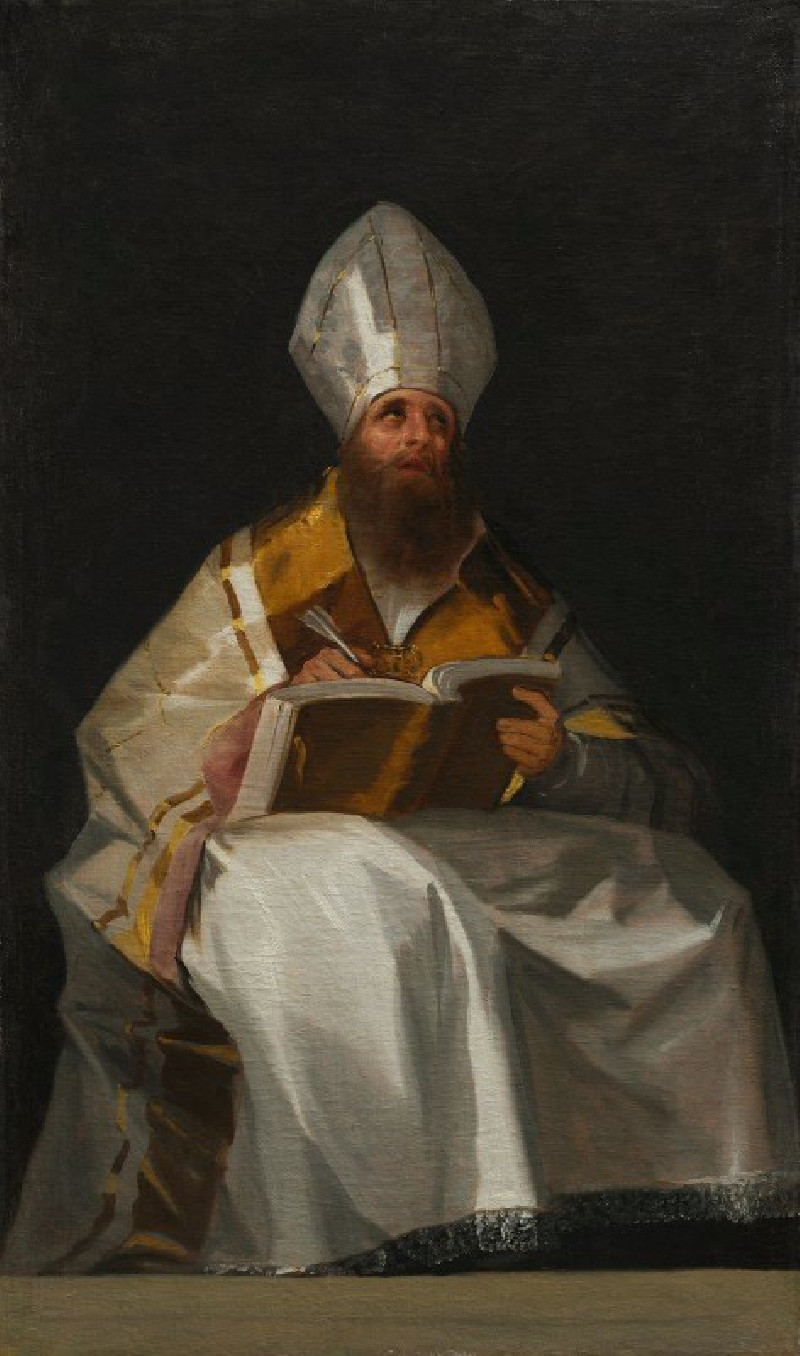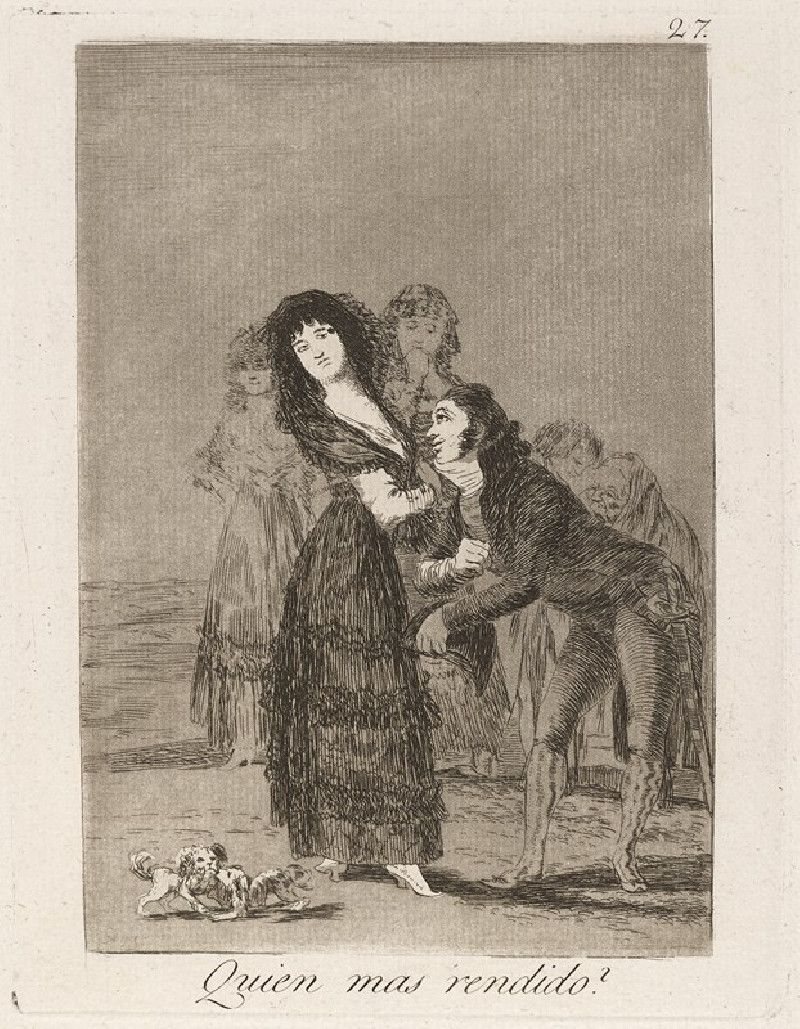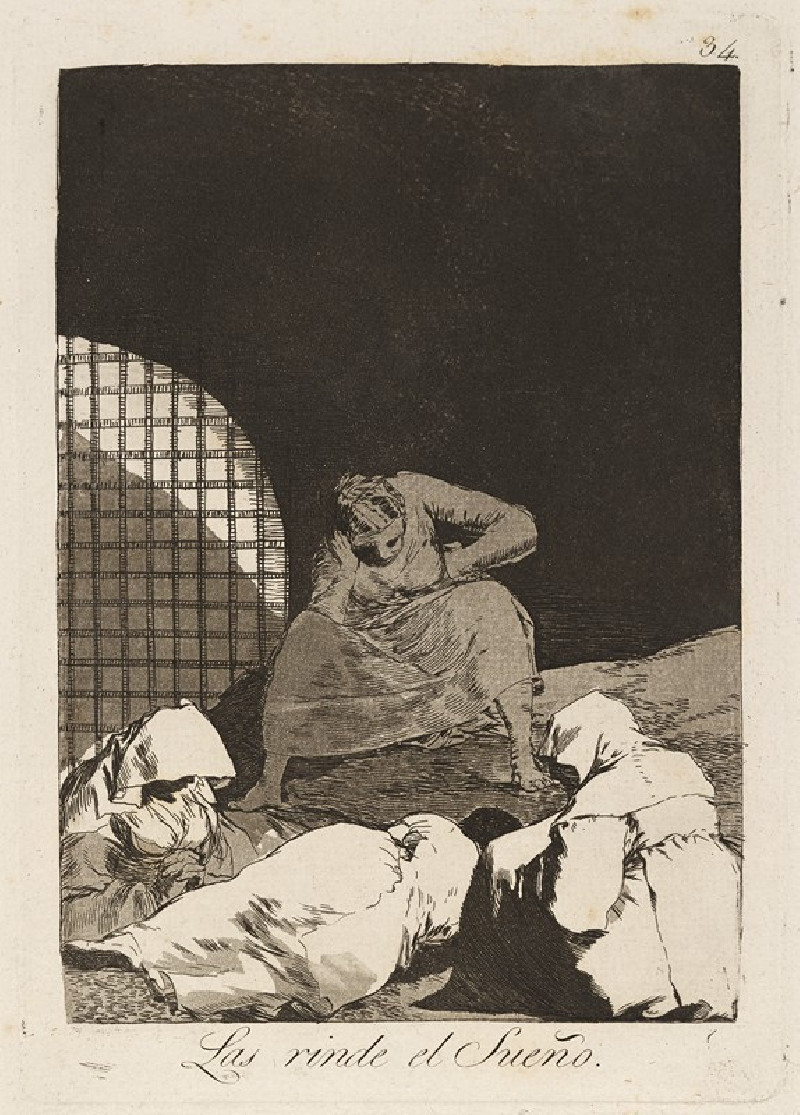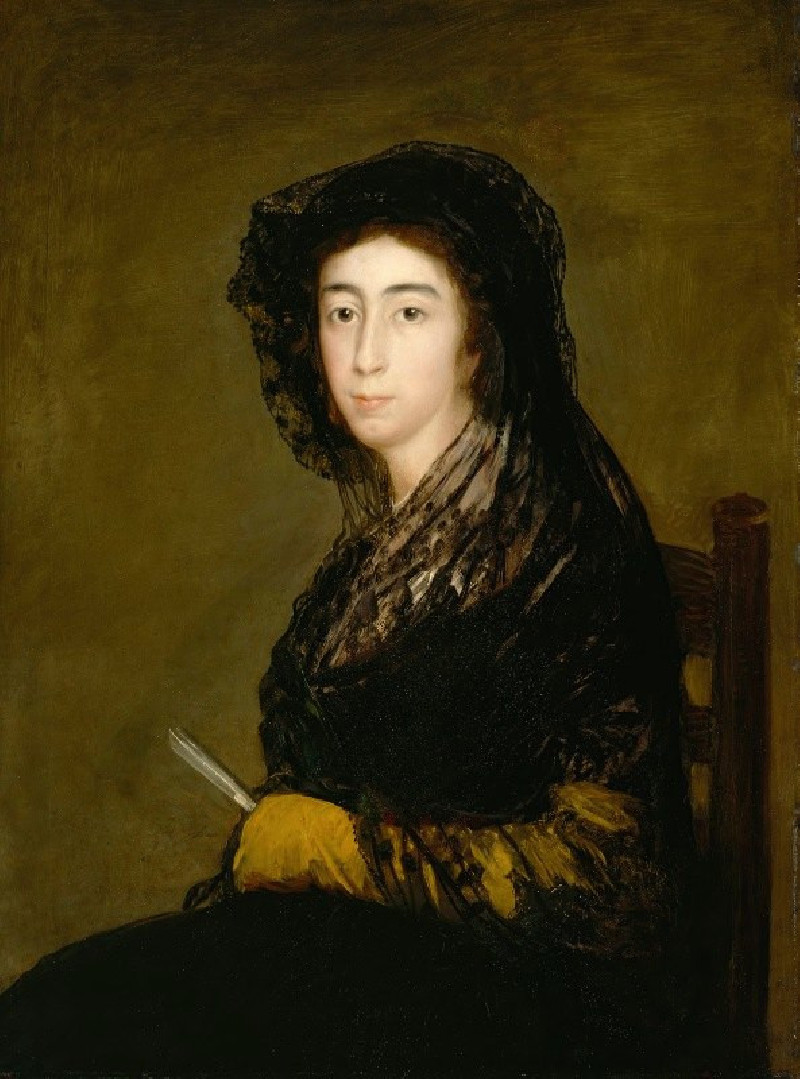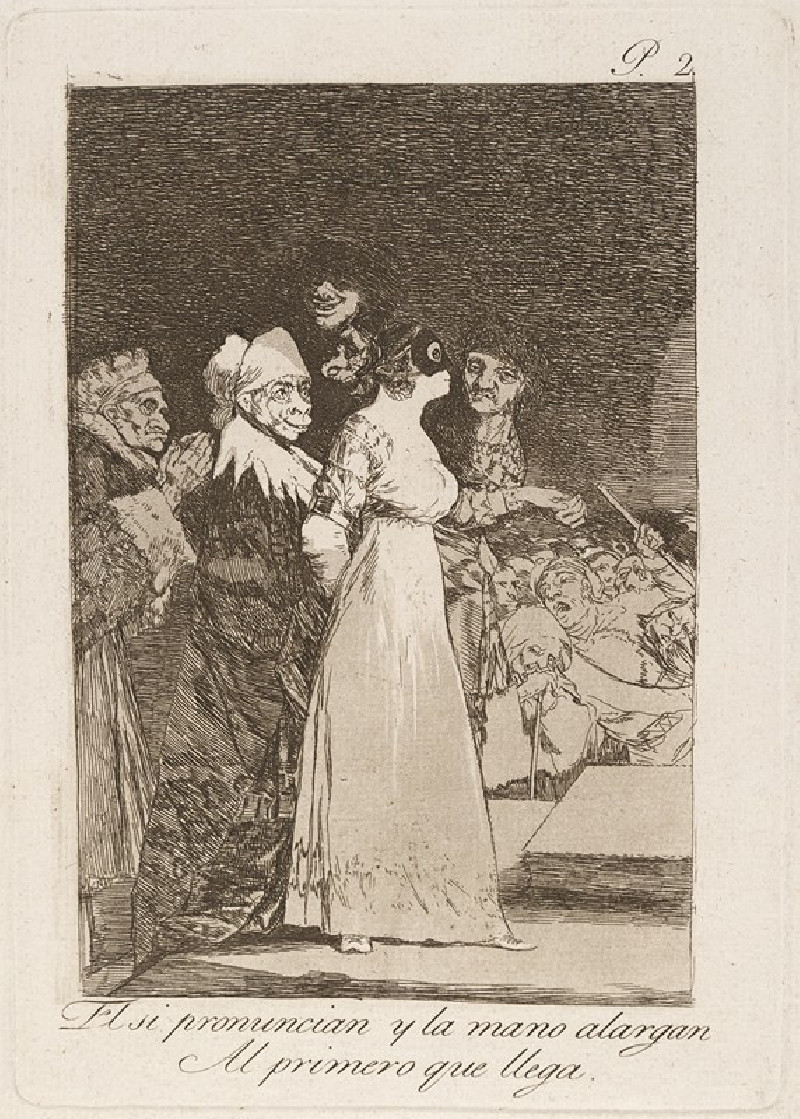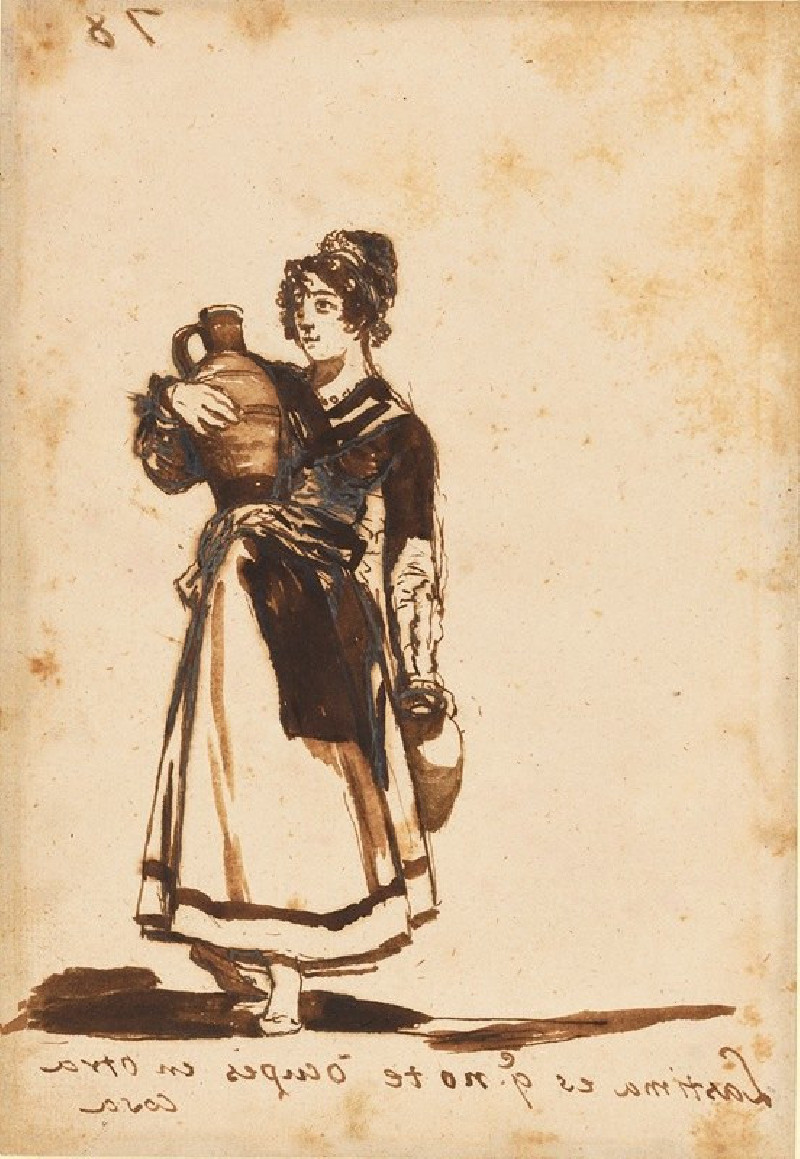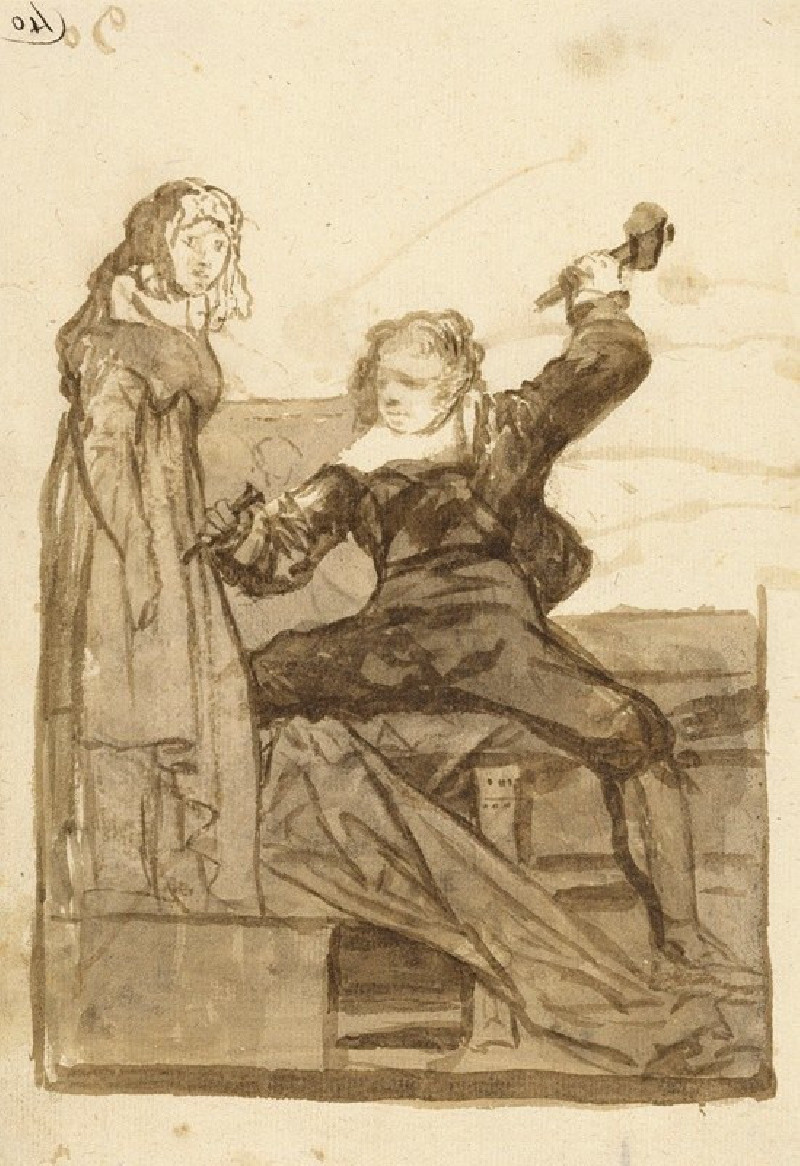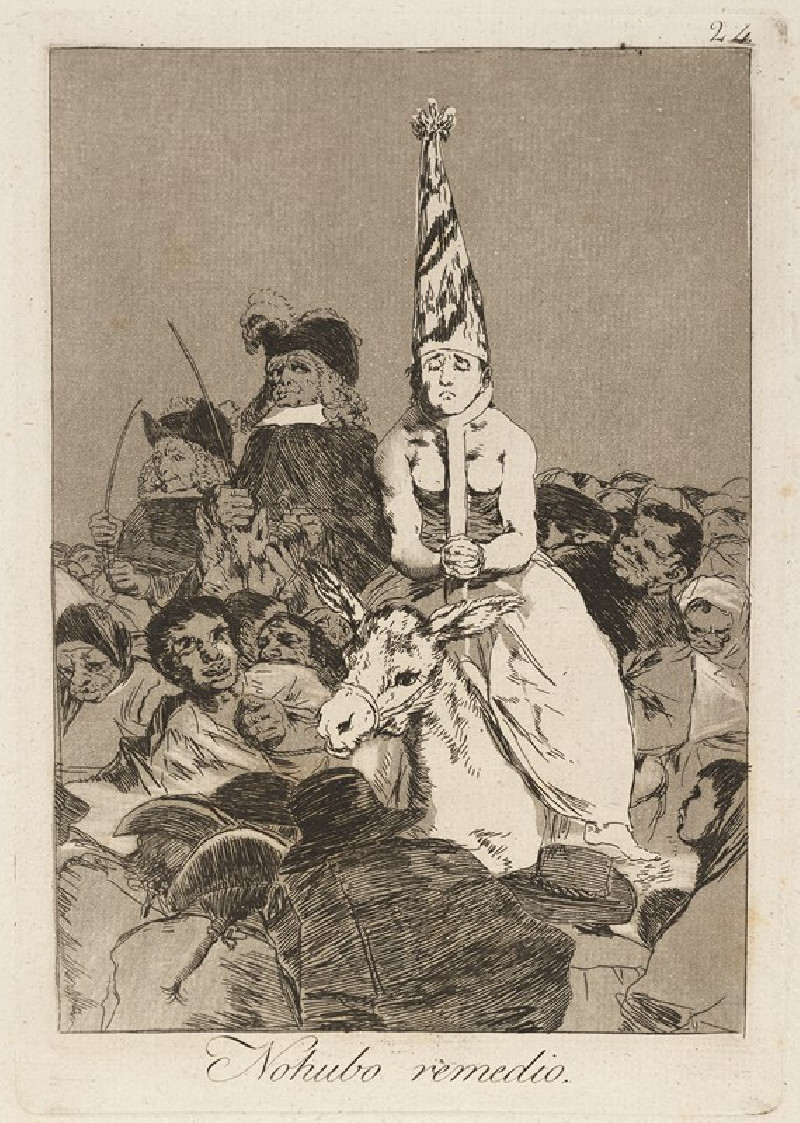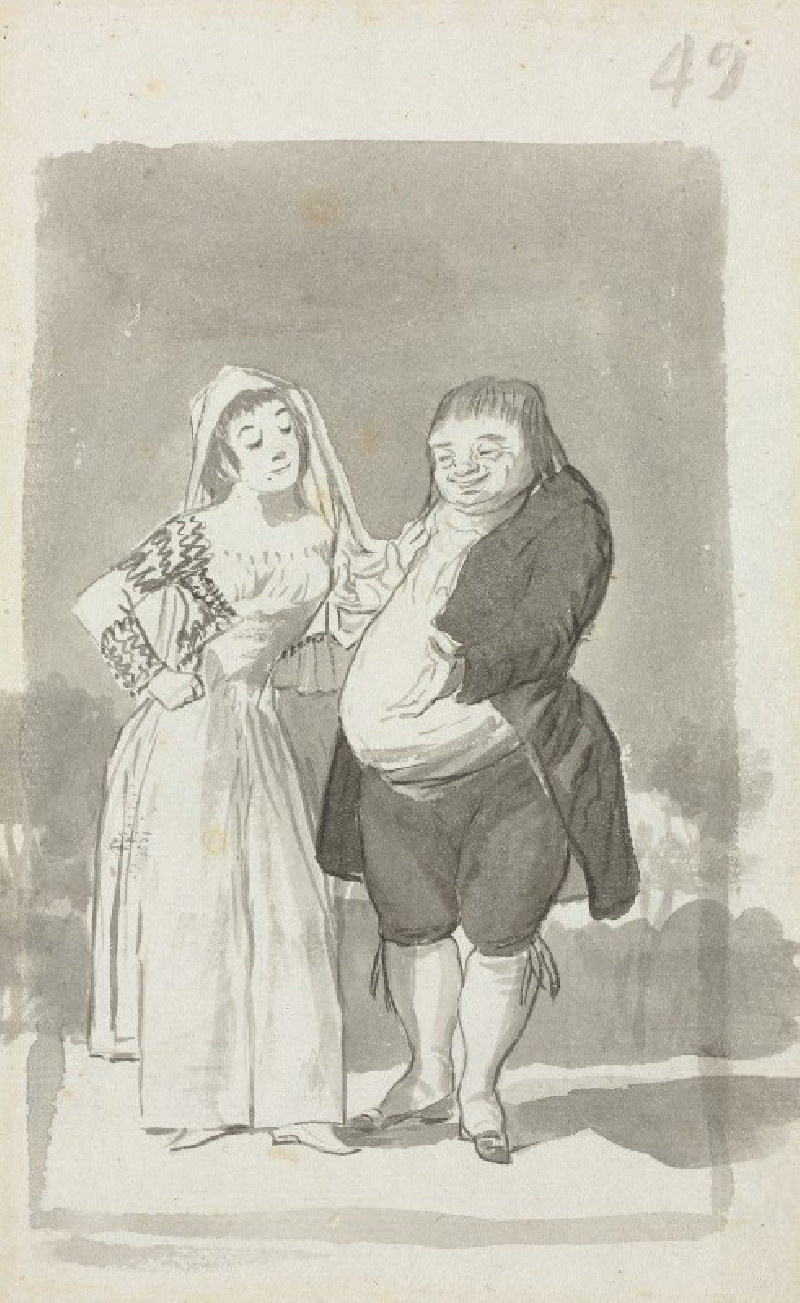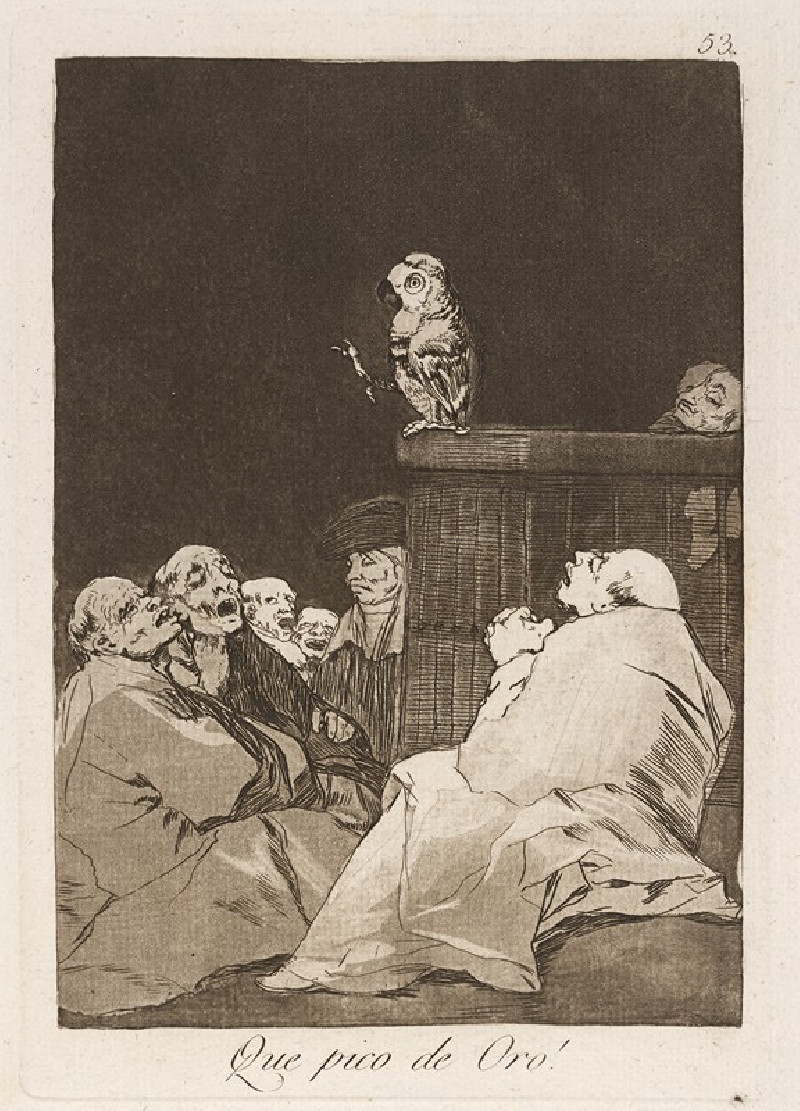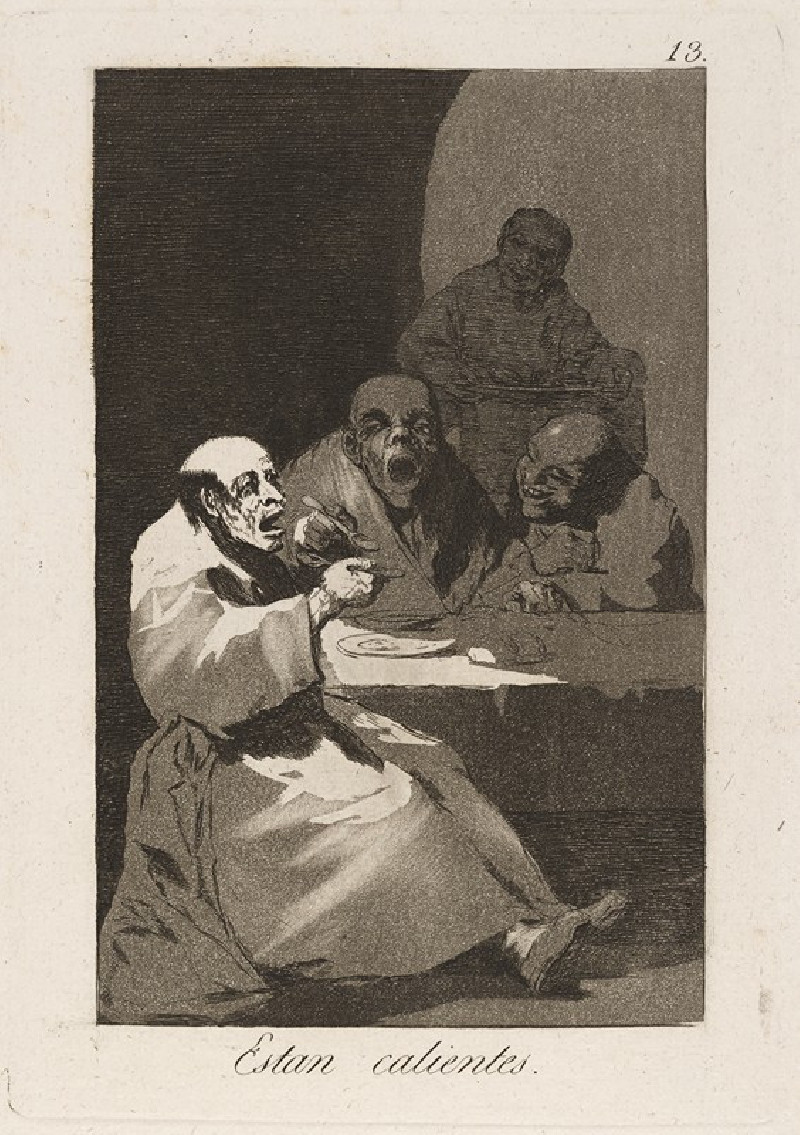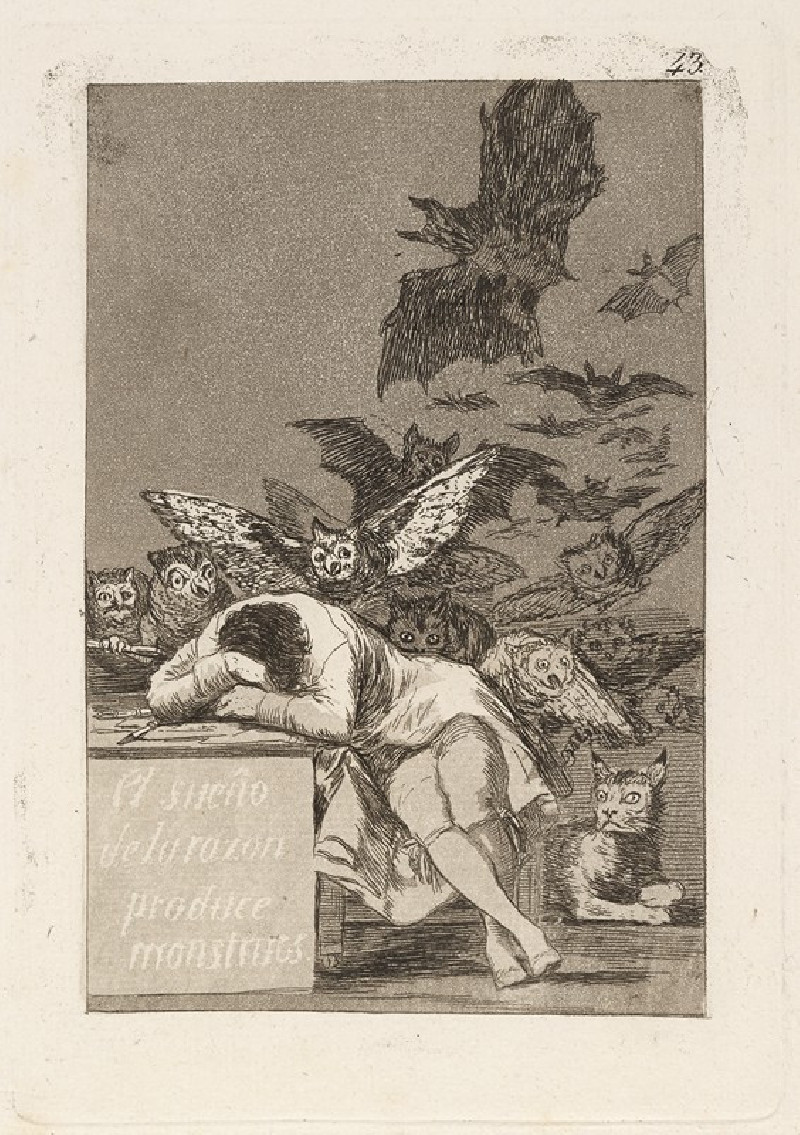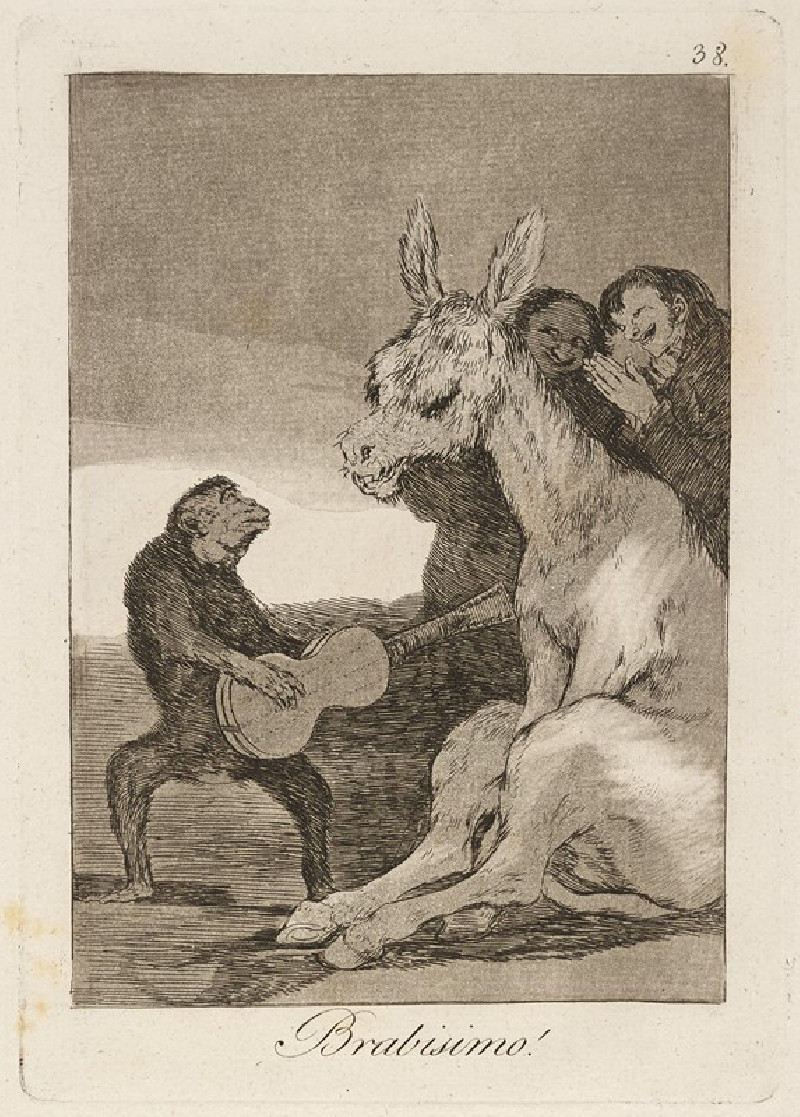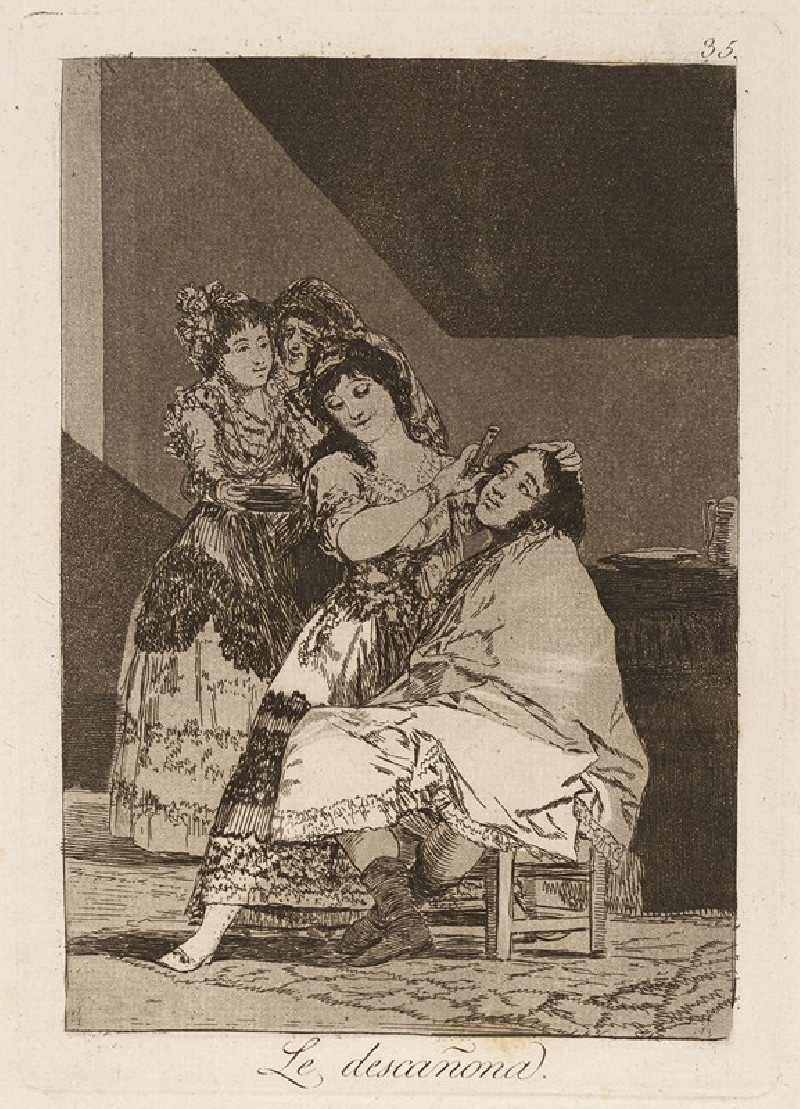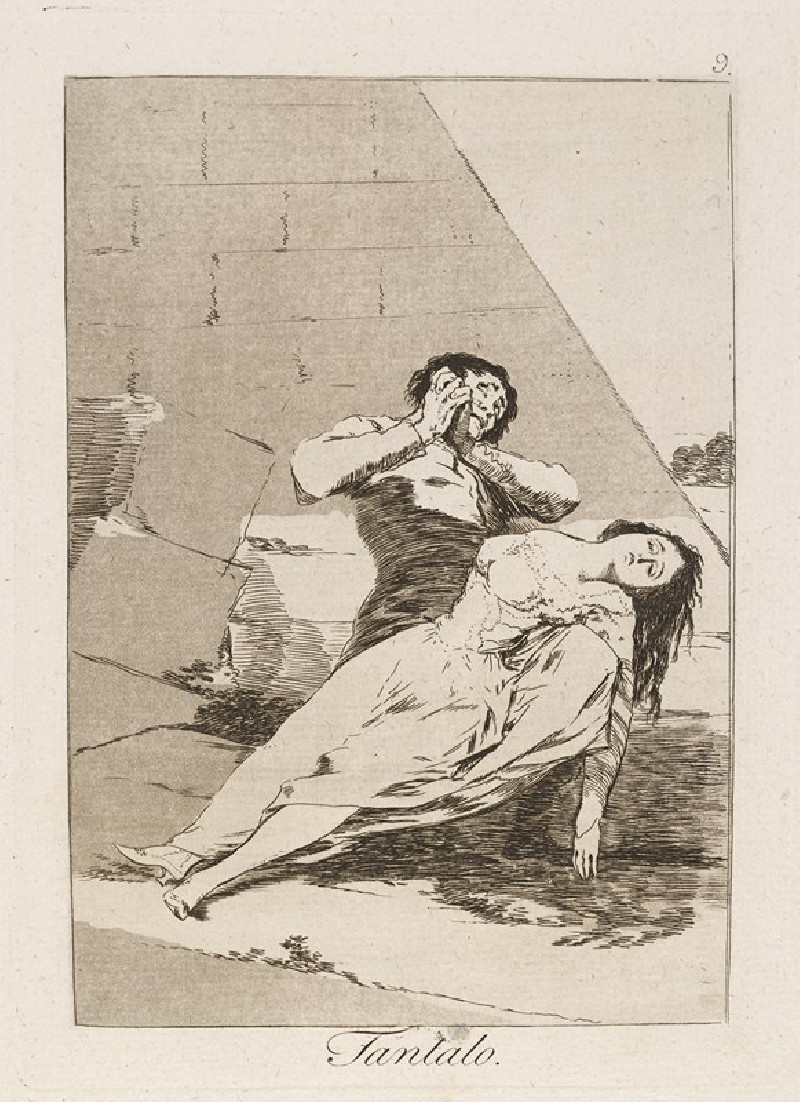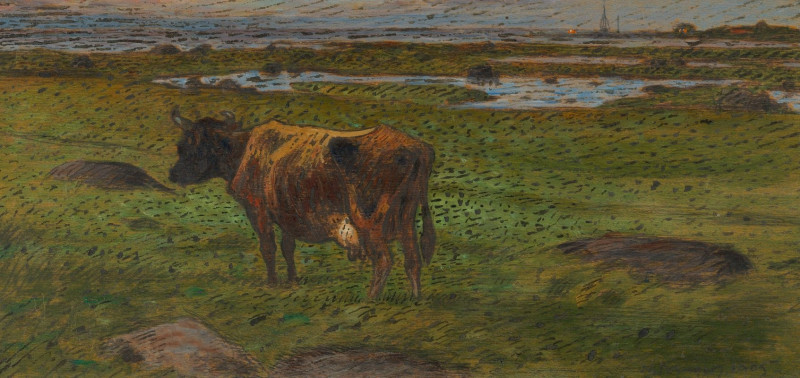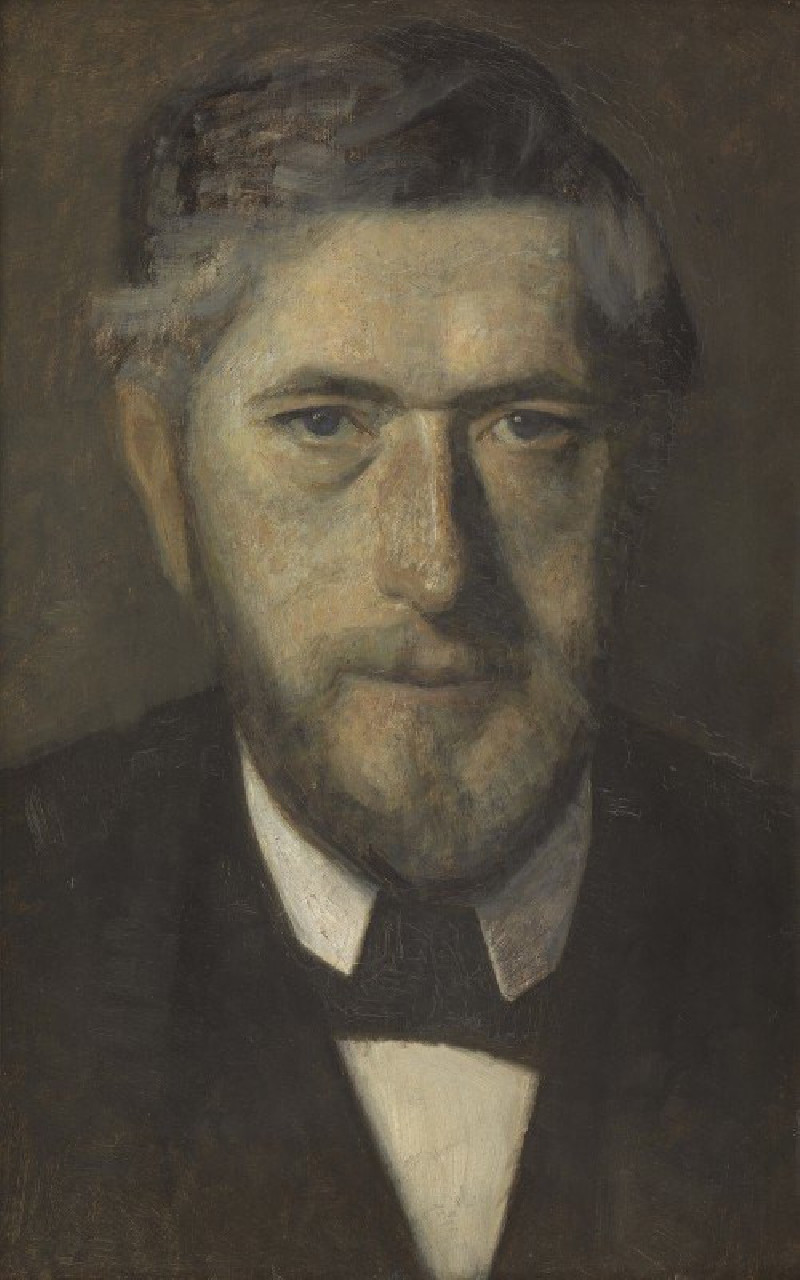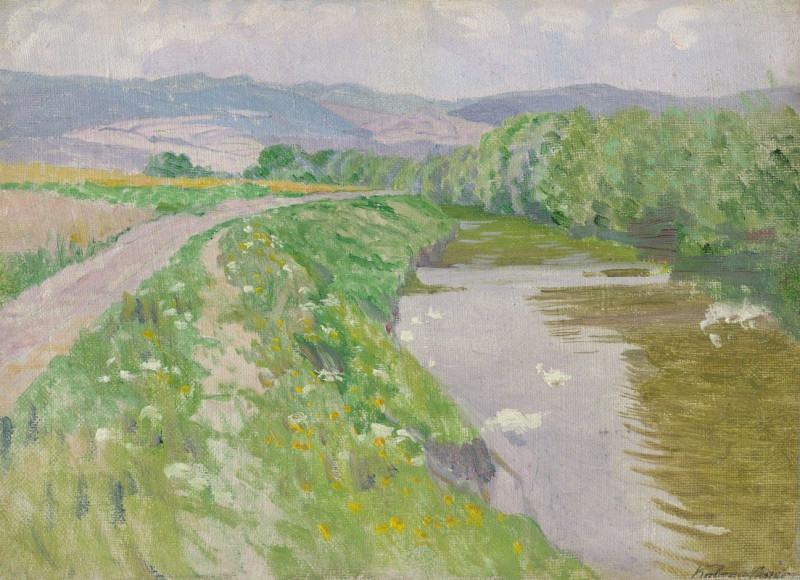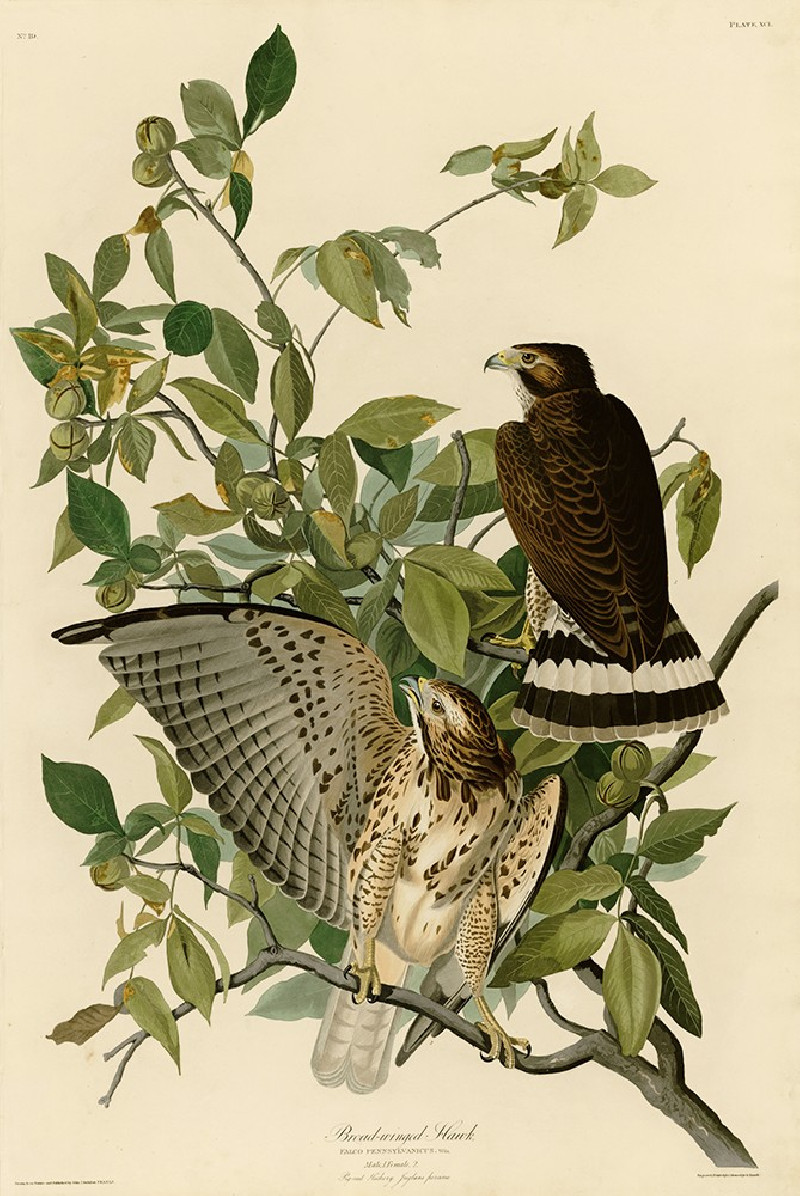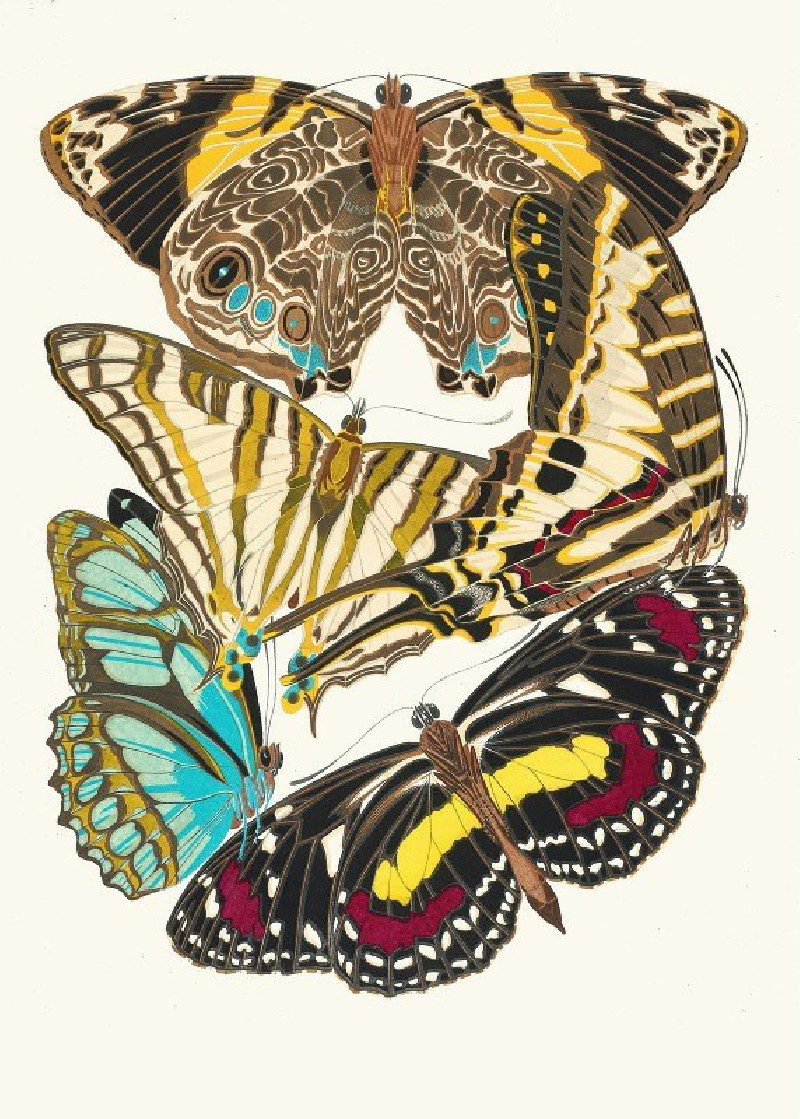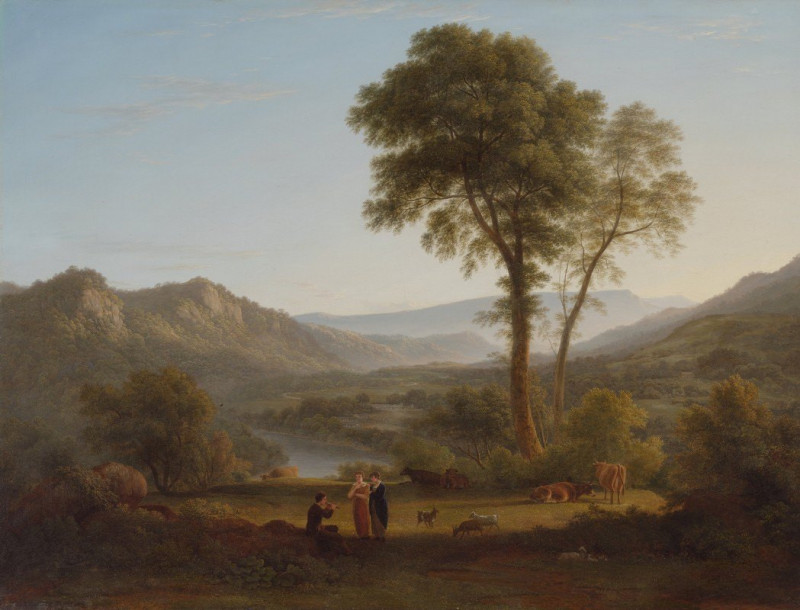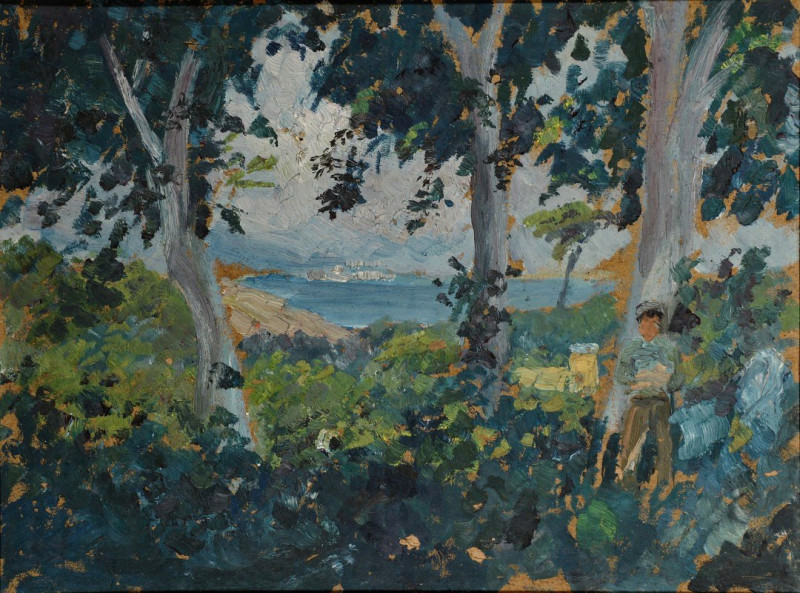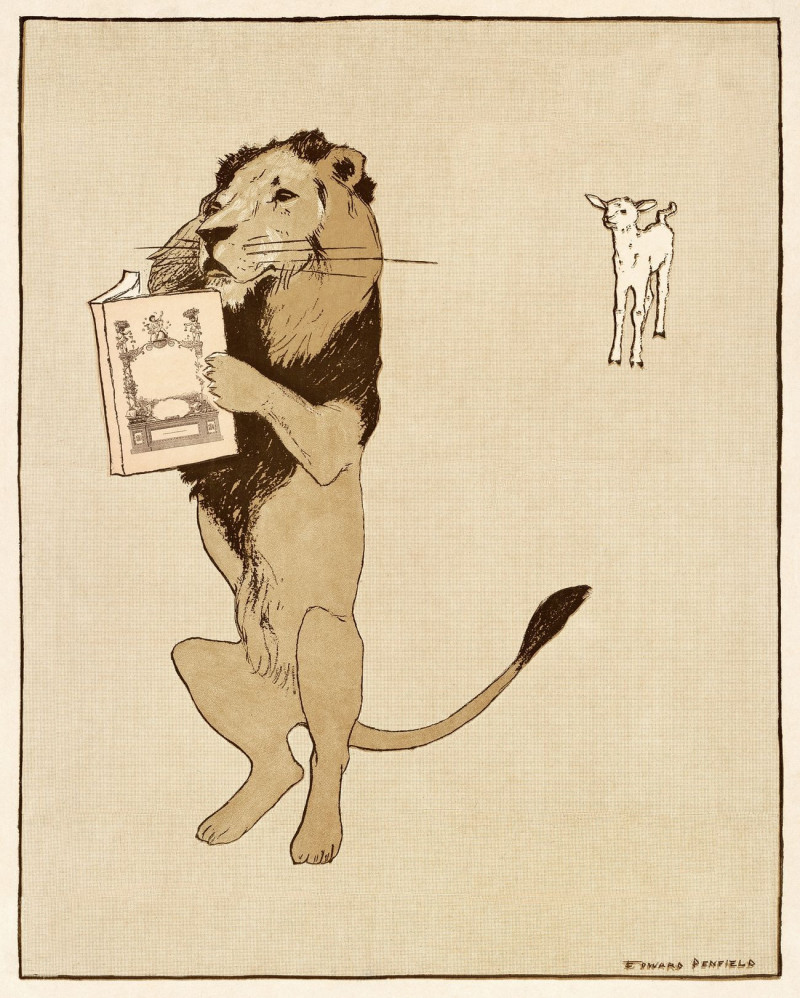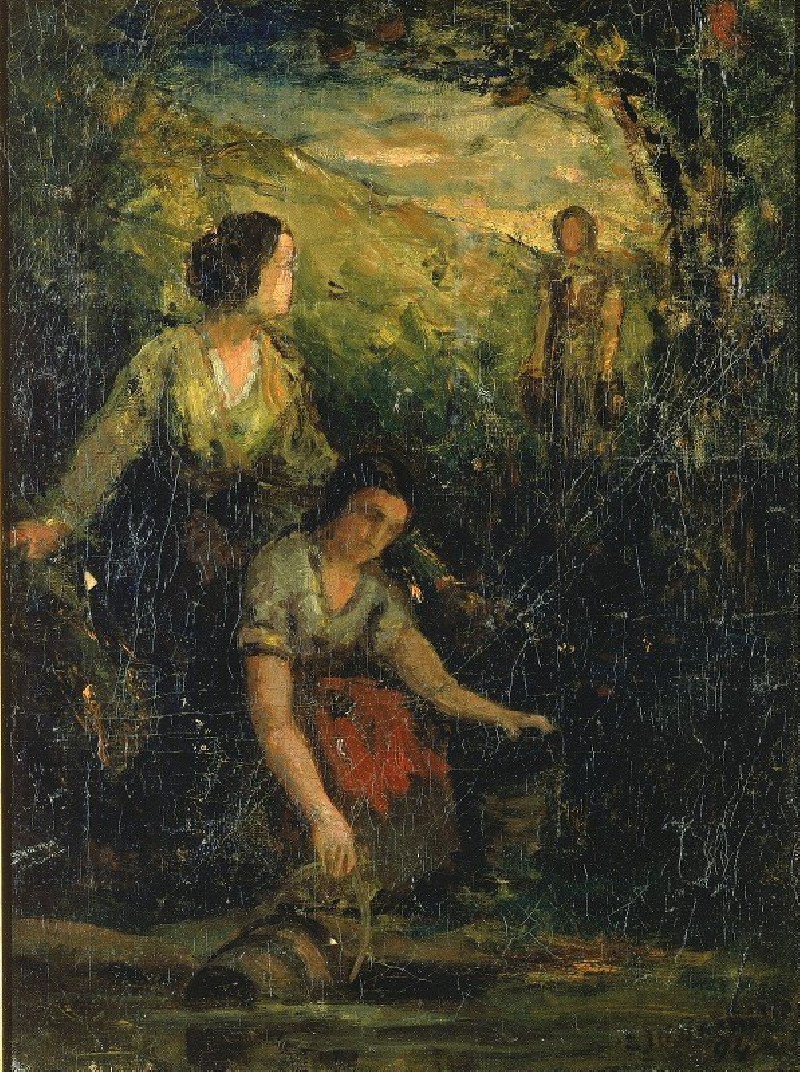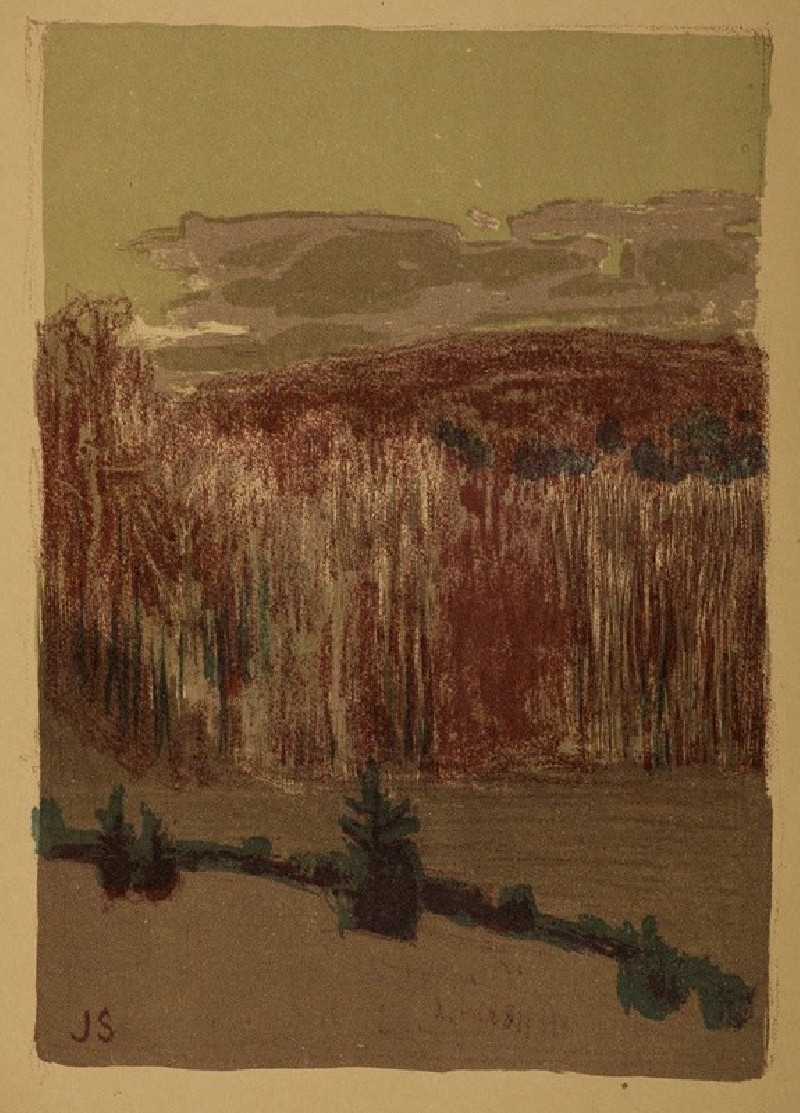Que sacrificio! (What a sacrifice!) (1796-1797)
Technique: Giclée quality print
Recommended by our customers
More about this artwork
"Que sacrificio!" (What a Sacrifice!) is a captivating piece from Francisco de Goya's collection, created between 1796 and 1797. This etching portrays a compelling scene centered around a young woman, her expression a mix of resignation and distaste, as she finds herself encircled by a group of overly eager older men. Their grotesque smiles and leering gazes suggest an unwelcome and insistent adoration, highlighting the stark contrast between their enthusiasm and her aloofness.Goya’s expert use of line and shadow in this etching evokes a palpable sense of discomfort, underscoring the societal commentary about the sacrifices women often endure. The title itself, "What a Sacrifice!" suggests a cynical view of the social rituals surrounding courtship and marriage, perhaps critiquing the ways in which women are coerced into relationships without genuine consent or desire.
Delivery
Returns
Francisco José de Goya y Lucientes (30 March 1746 – 16 April 1828) was a Spanish romantic painter and printmaker. He is considered the most important Spanish artist of the late 18th and early 19th centuries. His paintings, drawings, and engravings reflected contemporary historical upheavals and influenced important 19th- and 20th-century painters. Goya is often referred to as the last of the Old Masters and the first of the moderns.

